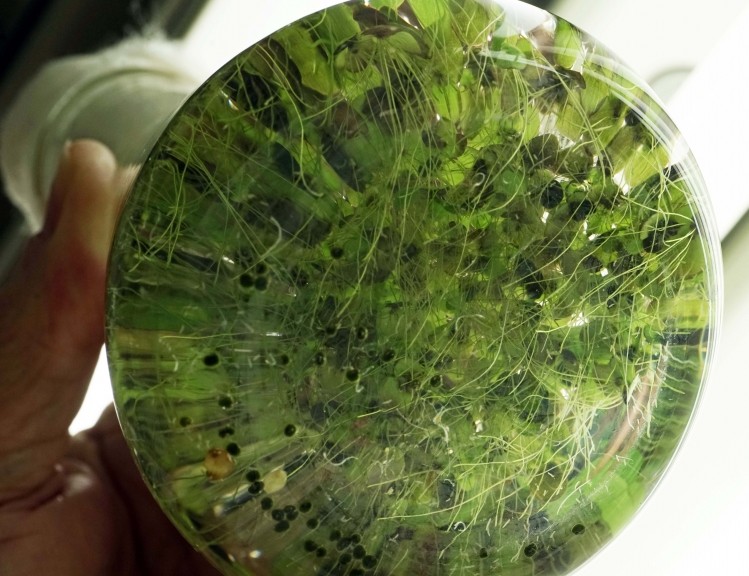Aquatic plant potential: Why duckweed could become a source of protein and omega-3 beyond South East Asia

The flowering aquatic plants are usually eaten in Thailand, Cambodia, Burma and Laos as salads, or mixed in soups and curries or in omelettes. The researchers said it could become a useful addition to carb-heavy South Asian diets, while also tapping into Western trends for meat-free sources of protein
Therefore, they sought to investigate the nutritive composition of duckweeds to prevent any unwanted effects on humans, and to make it more acceptable to the general public of the countries that do not have a tradition of consuming it.
Writing in the journal Food Chemistry, researchers in Germany and India stated: “With our present report, we want to contribute to this issue. To have a broader view, we investigated six species representing all five genera, Spirodela polyrhiza, Landoltia punctata, Lemna gibba, Lemna minor, Wolffiella hyalina, and the recently rediscovered species Wolffia microscopica.”
“Initially, we investigated dry weight, protein, fat, and starch content as well as their amino acid and fatty acid distributions. As a part of the detailed investigation, we focused on W. microscopica investigating other components having relevance to human consumption, i.e. content of minerals, antioxidants (carotenoids and tocopherols), phytosterols, fibre and ash content.”
They found that the total protein content of the duckweeds was between 20 and 35% per dry weight for the different species, comparable to that of lupins, rape or peas.
What is more, these tiny plants contain valuable omega-3 fatty acids such as stearidonic acid and alpha-linolenic acid. Possible uses for duckweeds could be smoothies or gluten-free baked goods.
Of the six species investigated, W. microscopica and W. hyalina showed the highest contents of amino acids.
Successful comparison
“Here, the high contents of lysine should be mentioned that are above the levels in common flours of wheat, corn and rice,” they note. “The amino acid composition of duckweeds can also successfully be compared with that of flours from legumes like chickpea, lupine, or pea, which have been recommended for vegetarian or vegan nutrition.”
They also pointed out that the phytosterol content of W. microscopica was at least five-fold higher than in most other plant oils.
“The increasing nutritional interest in phytosterols derives from the fact that they have the capacity to lower plasma cholesterol and LDL cholesterol. Duckweeds seem to be one of the interesting plants having high content of phytosterols,” they wrote.
While concluding that their study highlights the beneficial aspects of duckweed as human food item, they add there are anti-nutritive concerns about some species due to its oxalate properties.
Therefore, they added more investigations into the anti-nutritive components of duckweeds would be vital for it to become accepted as a human food source.
As yet these duckweeds have not been cultivated, but simply ‘harvested’ from bodies of water. However, there are some initial experimental facilities in Israel and the Netherlands, where duckweeds are produced on an industrial scale.
Source: Food Chemistry
http://dx.doi.org/10.1016/j.foodchem.2016.08.116
“Nutritional value of duckweeds (Lemnaceae) as human food”
Authors: Gerhard Jahreis, et al.













